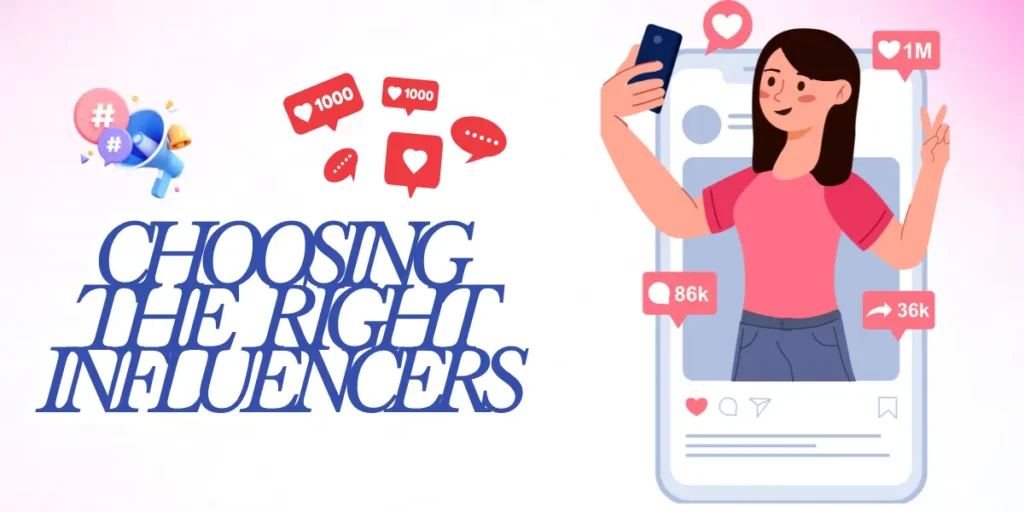Influencer marketing strategy is evolving rapidly. Brands are no longer chasing only follower counts—they are seeking partnerships built on authentic storytelling, audience relevance, and engagement that inspires action.
At DMWF, industry experts advise marketers to be strategic, focusing on meaningful metrics and real connections to drive long-term results.
Key Qualities for the Perfect Influencer

Selecting influencers requires more than looking at numbers. Here are essential factors to consider for high-impact collaborations:
- Match influencer audience demographics (age, location, interests) to your brand’s target profile; alignment is critical.
- Choose influencers whose values, content style, and brand story fit your narrative—authenticity converts better than scripted endorsements.
- Seek niche authorities for topics like sustainability, travel, or fitness for credible appeal.
- Prioritize engagement rates and quality interactions; a small loyal following can drive greater conversations than a large, passive one.
- Look for influencers who spark curiosity and actual conversions, not just awareness.
Understand influencer tiers to match campaign needs:
- Mega (1M+ followers): best for big launches, broad awareness, but less personal.
- Macro (100K–1M): strong for niche reach and balanced credibility.
- Micro (10K–100K): cost-effective, most engaging, high authenticity.
- Nano (1K–10K): ideal for hyper-local, community-driven campaigns.
Influencers persuade; creators produce engaging branded content. Decide which approach suits campaign goals—sales, awareness, or user-generated content.
- Also read about: Instagram Hits 3 Billion Users: Global Milestone in 2025
Maximizing ROI with Smart Tools and Goals
Effective influencer marketing goes beyond vanity metrics. Experts suggest these proven steps for success:
- Use platforms like SPIRRA to analyze audience demographics, engagement, and niche expertise.
- Track campaign performance with smart tools to measure real impact and authenticity.
- Match influencers to specific objectives: awareness, engagement, sales, or credibility.
- Leverage conversion-focused metrics—affiliate links, discount codes, dedicated landing pages, and UTM tracking are critical for measuring ROI.
- Focus on long-term engagement and relevance to maximise return on ad spend (ROAS).
- The highest value comes from authentic voices that resonate with the target customer, not from simply the biggest audiences.
More News To Read:
